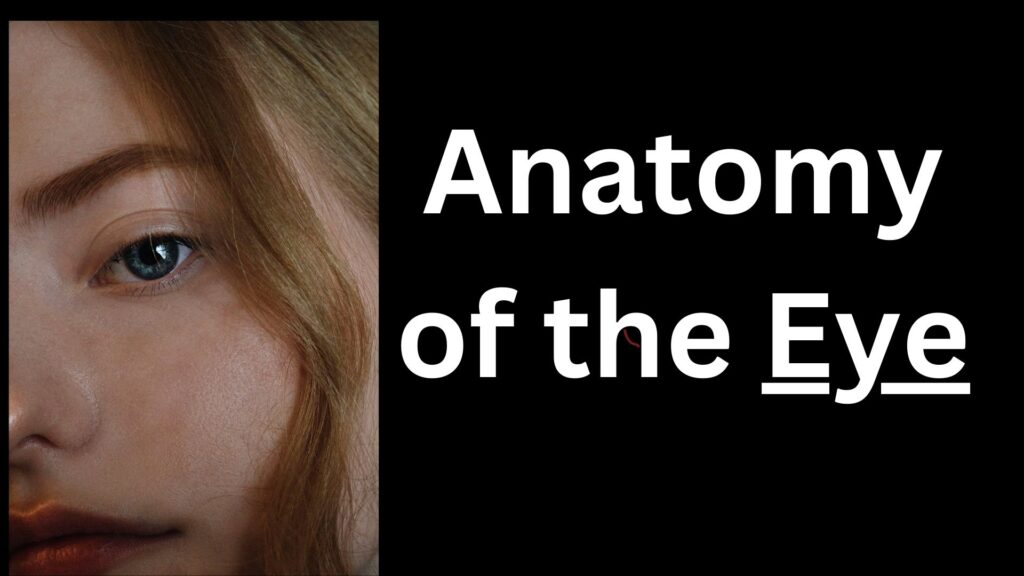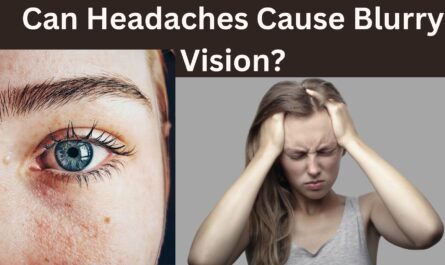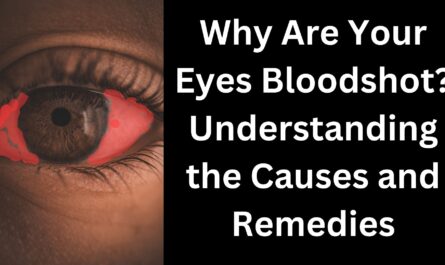Introduction
We’ve all experienced those moments when we look in the mirror and notice that our eyes red underneath. Whether it’s after a long day at work, a sleepless night, or due to some other reason, redness under the eyes can be concerning. In this article, we’ll dive deep into the common causes of redness under the eyes, debunk some myths, and provide practical tips to prevent and treat this issue.
Table of Contents
- Understanding the Anatomy of the Eye
- The Causes of Redness Under the Eyes
- Lack of Sleep: The Sleep Deprivation Effect
- Allergic Reactions: The Itchy and Irritated Eyes
- Digital Eye Strain: The Modern Culprit
- Conjunctivitis: The Contagious Redness
- Debunking Myths About Red Eyes
- Myth 1: It’s Always a Sign of Illness
- Myth 2: Only Older People Experience It
- Myth 3: Home Remedies Always Work
- Prevention and Treatment
- Prioritize Quality Sleep
- Defense Against Allergens
- Easing Digital Eye Strain
- Managing and Treating Conjunctivitis
- Lifestyle Adjustments for Brighter Eyes
- Hydration and Nutrition
- Stress Management
- Skincare and Makeup Considerations
- When to Seek Professional Help
- Importance of Eye Exams
- Consulting an Ophthalmologist
- Conclusion
Understanding the Anatomy of the Eye

Before we delve into the reasons behind redness under the eyes, let’s briefly understand the anatomy of the eye. The delicate skin around our eyes is thinner and more sensitive than the skin on the rest of our face, making it susceptible to various irritations and issues.
The Causes of Redness Under the Eyes Redness
Lack of Sleep: The Sleep Deprivation Effect
In today’s fast-paced world, sleep often takes a back seat. However, inadequate sleep can lead to blood vessels under the eyes dilating, resulting in a reddish appearance. Moreover, lack of sleep can cause fluid retention, making the eyes appear puffy and exacerbating the redness.
Allergic Reactions: The Itchy and Irritated Eyes
Allergies to pollen, dust, pet dander, or certain cosmetics can trigger redness under the eyes. The body’s immune response to allergens can lead to inflammation, itching, and redness, giving you those telltale signs of allergy-related eye issues.
Digital Eye Strain: The Modern Culprit
With the rise of digital devices, digital eye strain has become a common woe. Staring at screens for prolonged periods can lead to dryness, irritation, and redness under the eyes. The blue light emitted by screens can also disrupt sleep patterns, compounding the issue.
Conjunctivitis: The Contagious Redness
Conjunctivitis, commonly known as pink eye, is a contagious infection that causes redness and irritation of the conjunctiva – the clear tissue covering the white part of the eye. It can be caused by bacteria, viruses, or allergens, and often leads to red and watery eyes.
Debunking Myths About Red Eyes
Myth 1: It’s Always a Sign of Illness
Contrary to popular belief, redness under the eyes is not always indicative of a serious illness. While it can be a symptom of an underlying health issue, it can also be caused by temporary factors like lack of sleep or allergies.
Myth 2: Only Older People Experience It
Redness under the eyes can affect individuals of all ages. While it’s true that the skin’s elasticity decreases with age, leading to increased vulnerability, factors like allergies and lifestyle choices can contribute to redness in younger individuals as well.
Myth 3: Home Remedies Always Work
While there are numerous home remedies touted to reduce redness under the eyes, not all may be effective for everyone. It’s important to recognize when professional intervention is needed for persistent redness or discomfort.
Prevention and Treatment
Prioritize Quality Sleep
Getting sufficient and restful sleep is crucial to preventing redness under the eyes. Establishing a regular sleep routine, creating a comfortable sleep environment, and minimizing screen time before bed can all contribute to better sleep quality.
Defense Against Allergens
If allergies are the culprit, taking measures to reduce exposure to allergens is essential. Keep living spaces clean, use hypoallergenic bedding, and consider using artificial tears to soothe irritated eyes.
Easing Digital Eye Strain
To combat digital eye strain, follow the 20-20-20 rule: every 20 minutes, take a 20-second break and focus on an object 20 feet away. Adjust screen brightness and font size to reduce strain, and consider using blue light-blocking glasses.
Managing and Treating Conjunctivitis
If conjunctivitis is suspected, consult a healthcare professional for accurate diagnosis and treatment. Bacterial conjunctivitis may require antibiotic eye drops, while viral conjunctivitis will typically resolve on its own.
Lifestyle Adjustments for Brighter Eyes
Hydration and Nutrition
Drinking plenty of water and consuming a diet rich in vitamins and antioxidants can promote healthy skin and eyes. Nutrients like vitamin C, vitamin E, and beta-carotene play a vital role in maintaining eye health.
Stress Management
Chronic stress can contribute to a variety of health issues, including redness under the eyes. Incorporating stress-reducing techniques such as meditation, yoga, or deep breathing can have a positive impact on overall eye health.
Skincare and Makeup Considerations
Choosing gentle skincare products and removing makeup before sleep can prevent irritation and redness. Opt for hypoallergenic and fragrance-free products to minimize the risk of adverse reactions.
When to Seek Professional Help
Importance of Eye Exams
Regular eye exams are crucial for detecting and addressing eye health issues early on. An optometrist or ophthalmologist can identify underlying causes of redness and provide appropriate guidance.
Consulting an Ophthalmologist
If redness persists, worsens, or is accompanied by pain, sensitivity to light, or changes in vision, it’s essential to consult an ophthalmologist. Professional medical advice is paramount to rule out serious conditions.
Conclusion
Redness under the eyes can be a temporary annoyance or a sign of an underlying issue. By understanding the causes, debunking myths, and implementing preventive measures, you can achieve brighter, healthier-looking eyes. Remember, prioritizing sleep, managing allergies, and adopting a holistic approach to eye care can make a significant difference in your eye health journey.
FAQs
- Is redness under the eyes always a cause for concern? Redness under the eyes can result from various factors. While it may not always indicate a serious problem, persistent or severe redness should be evaluated by a medical professional.
- Can lack of sleep really cause redness under the eyes? Yes, sleep deprivation can lead to blood vessel dilation and fluid retention, contributing to redness and puffiness under the eyes.
- Are home remedies effective for reducing redness under the eyes? Home remedies can provide temporary relief, but their effectiveness varies. If redness is persistent or worsening, consult a healthcare professional.
- Can digital eye strain cause long-term damage? Prolonged digital eye strain can lead to discomfort and temporary vision issues. However, it’s unlikely to cause permanent damage to the eyes.
- When should I see a doctor for redness under the eyes? If redness is accompanied by pain, changes in vision, or other concerning symptoms, it’s important to consult an eye specialist for proper evaluation and guidance.


